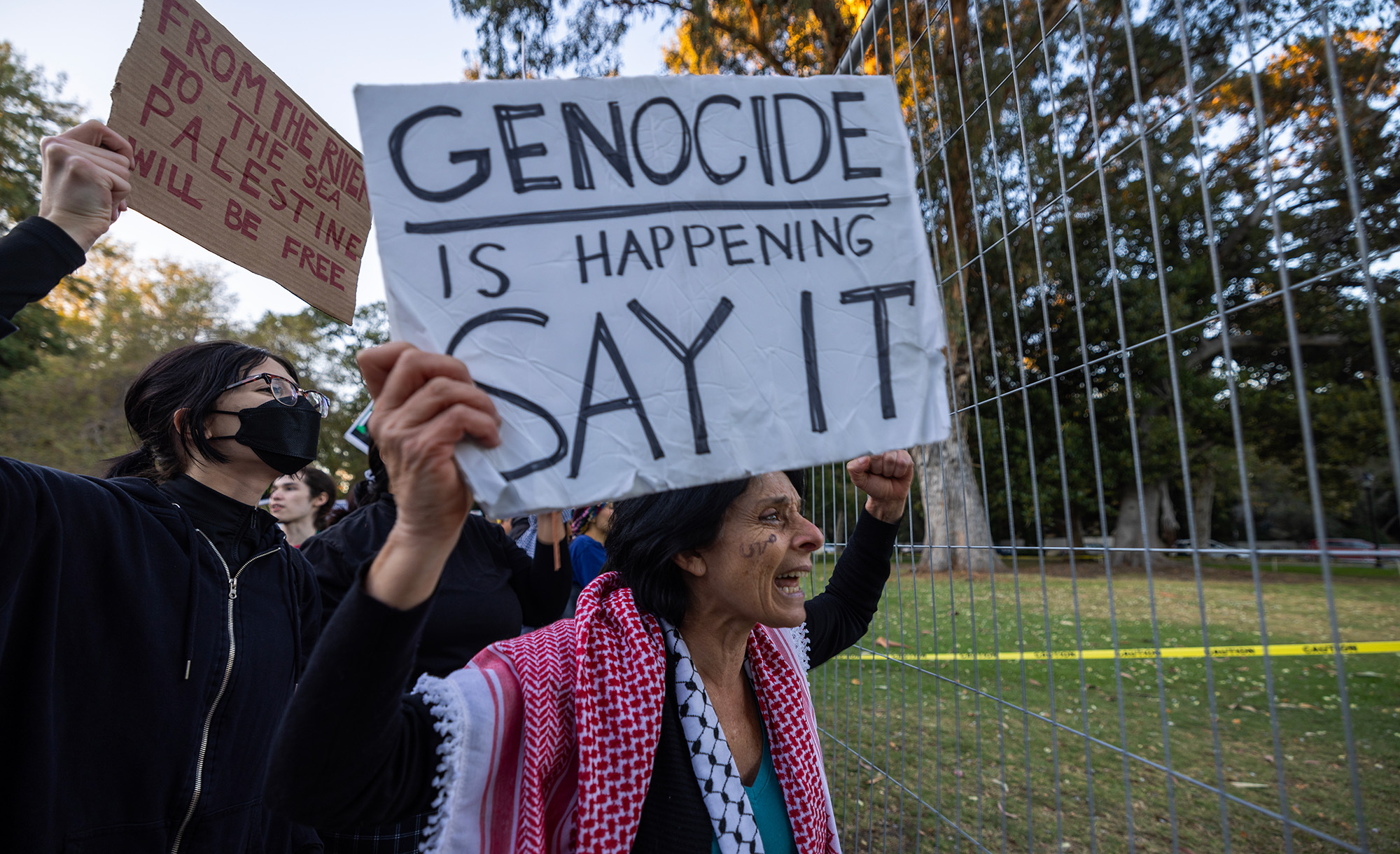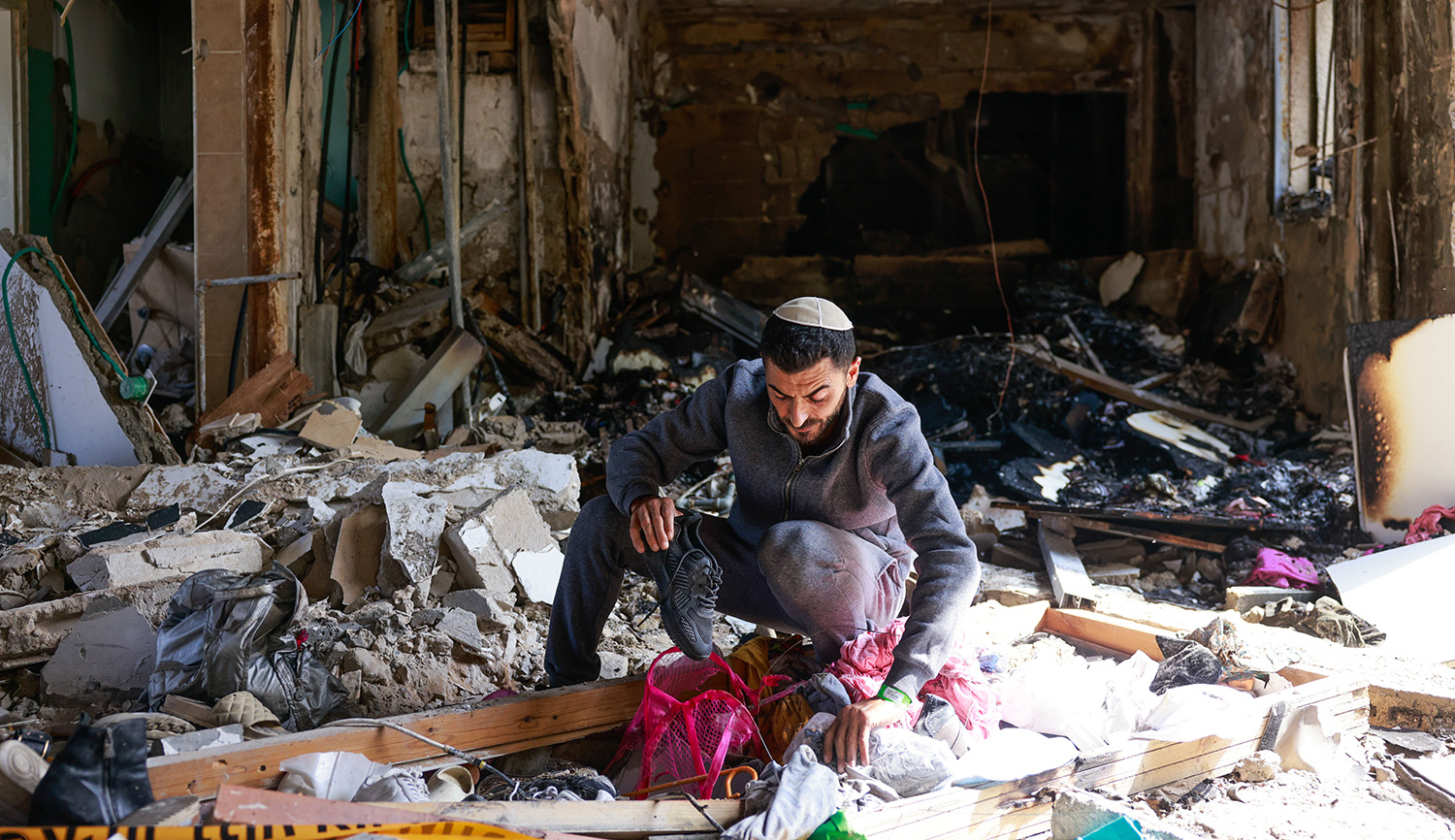When the manuscript expert Paul Mirecki discovered half of a Torah scroll—ripped asunder mid-verse—in the University of Kansas collections, he began a quest for the other half. Some two years later, he has found it and reconstructed the story of the scroll, thought to have been written sometime in the 18th century. Jon Niccum writes:
In 1840, the scroll was intact and residing at a synagogue in the Algerian city of Medea—then an Ottoman province—when France invaded. Meanwhile, a local populace of Muslim extremists launched a pogrom against the Jewish community. The Arab religious and military leader Abd al-Kader intervened in hopes of preventing bloodshed, evacuating members of the Jewish community. But he couldn’t protect their property. As synagogues were looted, the item was taken, . . . likely by people who couldn’t read Hebrew and merely hoped to sell it. By ripping it, they had “two scrolls” and could double their profits.
Enter Henri d’Orléans, the duke of Aumale. The son of the last king of France and the governor-general during the French invasion of Algeria, the duke lived in Chateau Chantilly, [a sprawling estate north of Paris]. “I found a [passage] in his diary,” Mirecki said. . . . “He says in reference to the scroll, ‘I took it with my own hands from Medea’s synagogue in May 1840 when the town had been left to Muslims, and the Jews taken by Abd al-Kader.’” The duke brought it back home, where it remains in the vast collection of antiquities he eventually donated to the Institut de France.
Kansas University acquired its half of the scroll thanks to Alpha Owens. A student [at the school] in the early 1900s, she went on to earn her doctorate from Johns Hopkins University. A woman of wealth, Owens traveled throughout Europe and Latin America “collecting valuable realia material for use in modern language teaching,” according to a 1952 interview.
Read more at University of Kansas
More about: African Jewry, Anti-Semitism, Jewish history, Manuscripts


